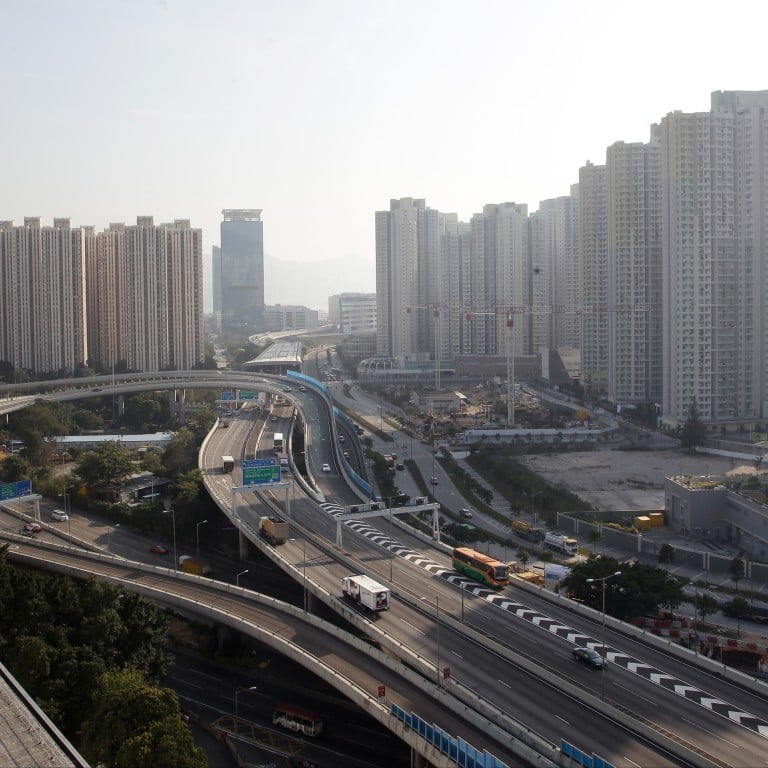
Commercial activity in Hong Kong has historically been concentrated in central Kowloon and the northern coast of Hong Kong Island. However, the next 10 to 20 years will see the emergence of new decentralised commercial hubs to complement the traditional core business districts.
These hubs, in the east and west of Hong Kong, will be connected by infrastructure networks, many of which are under construction or at the planning stage.
The development of this new infrastructure will be crucial in improving intra and inter-city connectivity, which is essential to ensuring the city's long-term economic growth.
The new infrastructure will extend the boundaries of the city's real estate market, facilitate the decentralisation of commercial activity, and strengthen business ties with cities in the Pearl River Delta.
Several areas have been identified as future commercial nodes. There will be a heavier focus on east Hong Kong, with Kwun Tong, Kowloon Bay and Kai Tak set to be transformed into the so-called CBD 2. The focus of development will then shift to the west, with various cross-border infrastructure and township developments planned in locations such as Lantau, Tuen Mun and New Territories West.
Commercial real estate in many of these areas is still underdeveloped, partly because these locations are perceived to be relatively remote. They also lack amenities to support advanced business activity.
The government is aware of these issues and is planning railway and road links to support the development of these future commercial nodes.
In Kowloon East, six infrastructure projects are at the planning stage or under construction. Once they are completed, travel time to other business hubs will be drastically reduced.
The new infrastructure will also provide faster and easier access to the area for workers living in West Kowloon, East New Territories and Hong Kong Island. The Sha Tin-Central Link will ensure Kowloon East is accessible by rail in 30 minutes to two-thirds of the Hong Kong population.
New cross-border infrastructure is also planned for the western side of Hong Kong.
In addition to the Express Rail Link, which will connect West Kowloon with Guangzhou in less than an hour, the Hong Kong-Zhuhai-Macau bridge will link Hong Kong with the western Pearl River Delta.
This will create synergy with the proposed third runway at Hong Kong International Airport as well as the plan to extend the boundary of Tung Chung New Town in the formation of a "bridgehead economy" on Lantau.
A more long-term plan regarding the east Lantau metropolis concept involves the creation of 1,000 hectares of artificial island or islands by reclaiming the sea between western Hong Kong Island and eastern Lantau.
This area has the potential to be developed as the city's third-generation central business district after Central and Kowloon East, and may also involve the construction of bridges and/or tunnels to connect it with Hong Kong Island, Lantau and possibly Kowloon.
Business travellers from the western Pearl River Delta will be able to travel to Lantau through the Hong Kong-Zhuhai-Macau bridge, and then reach the Central through the east Lantau metropolis.
